Clark Norton
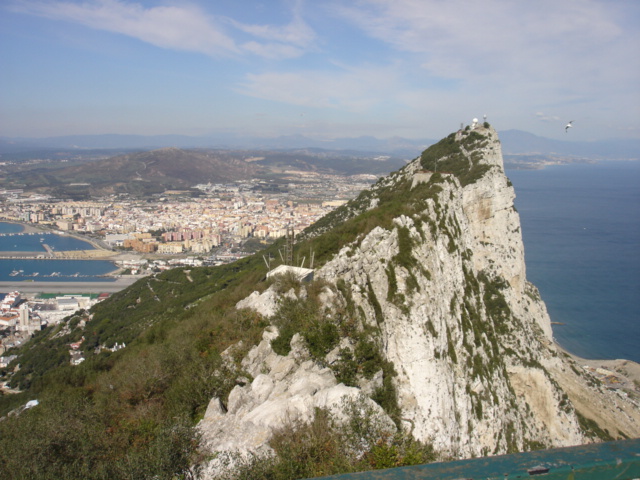
Like Contributing Writer Robert Waite, I was also thrilled to finally set foot on the Rock of Gibraltar — in our case, it was a few years ago, when my wife and I approached it by sea from Morocco.
Previously, we had passed it a few times while crossing the Straits of Gibraltar from Spain to North Africa, but from a distance all you see is a…rock. Not that it isn’t an impressive rock — one time I wasted almost an entire roll of film trying to photograph it from too great a distance — but when you approach it it quickly becomes apparent how alive it is with people and activity.
I’ll let Bob take it from here — with a hearty recommendation that you visit when you can.
By Robert Waite… Continue reading
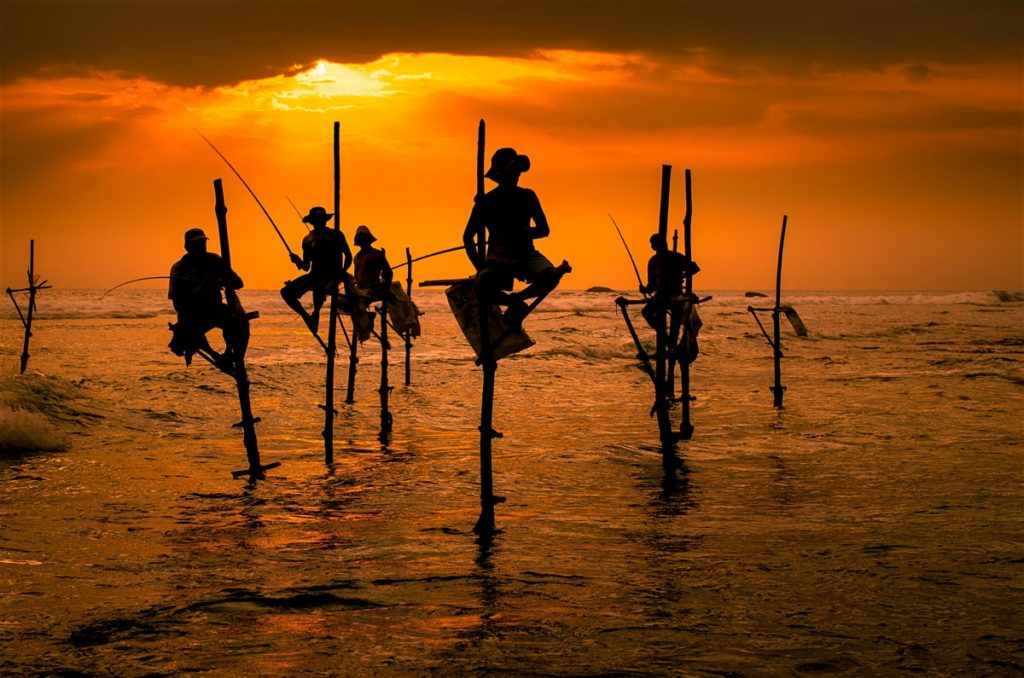
Editor’s Note: This is the first in a periodic series on the effects of the COVID-19 pandemic on tourism providers across the globe.
Back in the late 1960s, when I was still mostly fantasizing about globetrotting, I picked up a paperback book called Bargain Paradises of the World.
Although all the pictures were in black and white and the information inside was perhaps overly colorful, it was the kind of book that got my travel juices flowing.
One particular “paradise” that caught my eye was Ceylon, the tear-drop-shaped Indian Ocean island nation that has been known as Sri Lanka since 1972.
My fantasy Ceylon — which had been colonized by Britain until 1948 and was known in the West mostly for its tea exports — was pictured by Bargain Paradises as an idyllic place where… Continue reading
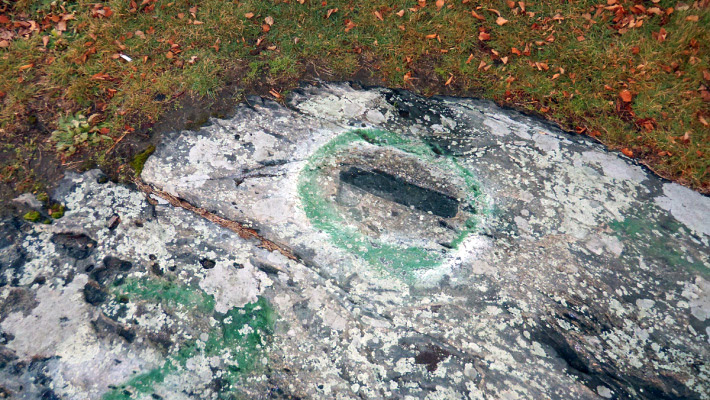
Following up on his Ipswich fried clams post — part I of a two-part series on the historic, scenic, and all-around inviting area of Ipswich and Essex, Massachusetts — contributing writer Bob Waite now asks us to back away from the table long enough to enjoy the other sometimes devilish delights the region has to offer.
By Robert Waite
Ipswich, MA – You can have a devil of a time in Ipswich, Massachusetts. Or at least the residents apparently did back in the 1740’s.
According to local legend, a visit by a famous English fire-and-brimstone preacher, the Rev. George Whitfield, to the town’s First Congregational Church, located atop Town Hill, attracted a crowd of thousands – and a curious Satan.
Whitfield, who had no sympathy for the devil, called Satan… Continue reading
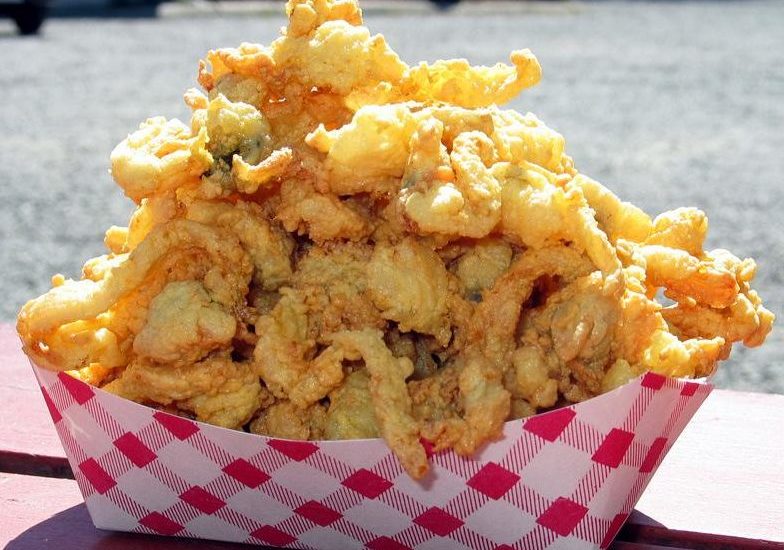
In his latest guest post, Bob Waite had me hooked with his first mention of fried clams, one of my favorite culinary indulgences.
And by the time I had finished reading his piece, I was salivating for a return trip to Cape Ann, a seafood haven and resort area that includes Gloucester, Massachusetts.
Bob grew up in Ipswich on Cape Ann, and writes here about his hometown and nearby Essex — one of which invented the fried clam (though both claim it). But wherever it was born, the Cape Ann area indisputably remains king of the clam. And that’s good enough for me.
By Robert Waite
Ipswich, MA – While many Americans back in the day were getting their kicks on Route 66, I was getting my thrills from the sea on Route 133.… Continue reading
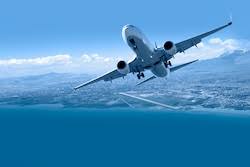
Keeping track of what’s going on with airline fares these days is almost a full-time job.
That’s why I’ve turned to Scott Keyes of Scott’s Cheap Flights — whose full-time job actually is keeping track of airline fares — to help navigate through the turbulence.
In this guest post, Scott tackles the real story behind the recent wave of U.S. airlines dropping change fees. As usual, it’s a mix of good and bad — or at least middling — news for the consumer. But for all the uncertainty, we’ll take what we can get.
By Scott Keyes
Last week, four airlines—United, Delta, American, and Alaska—announced they were permanently axing change fees, which for domestic flights had typically been $200 (plus any fare difference). Hooray!
Sort of.
On balance, this is a positive move for travelers, but it’s not nearly the panacea that airlines would have you believe. There are still… Continue reading
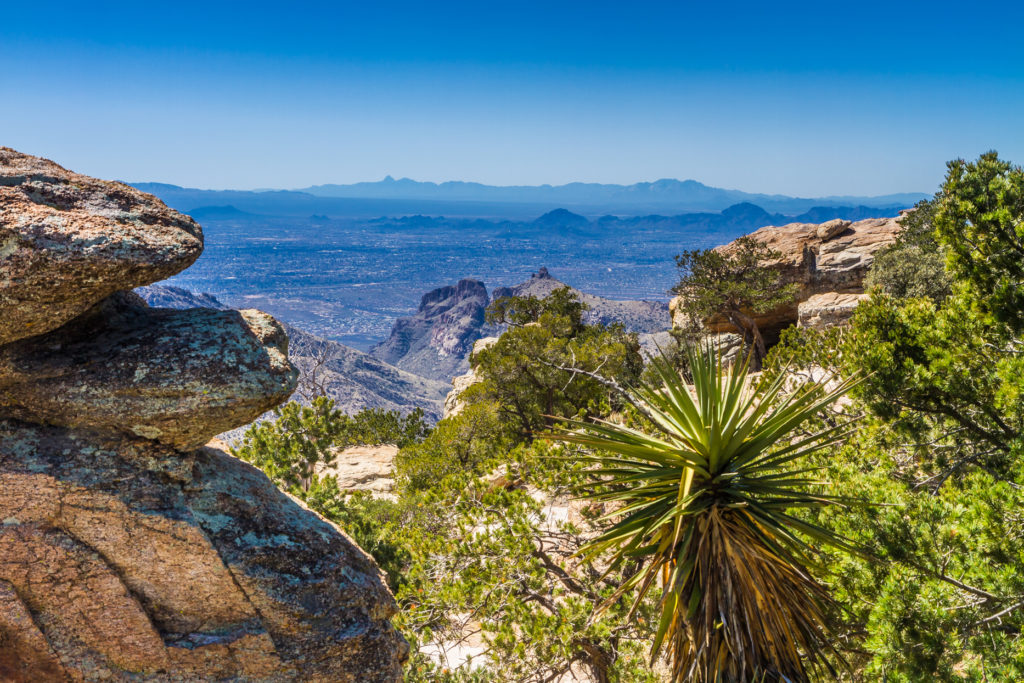
As baby boomers whose ages put us at risk for COVID-19, my wife and I have spent the past few months mostly hunkered down at home — a sad but prudent fate for this travel writer itching to confront his bucket list without literally kicking it.
While the fact that Tucson’s temperatures have topped 100 degrees most of the summer has made hibernation somewhat easier, the pandemic has made it difficult to escape that very heat — so that’s been kind of a wash.
But recently — as our contributing writer Robert Waite suggested in a post on this site back in the spring — I decided to take some “baby steps” and get out of town for a few days. Hence the Tucson branch of our family headed to a… Continue reading
When contributing writer Robert Waite told me he was heading from his Canadian home for a family camping vacation in New England, I asked him to consider doing a piece on his experience.
Normally (pre-COVID) crossing the U.S.-Canadian border by automobile has been a relatively simple procedure, albeit one that often required long waits at immigration due to the huge volumes of traffic.
But, as Bob reports, things have changed dramatically.
By Robert Waite
Champlain, NY – Unless you have dual citizenship, perform an essential service, or hold a current student visa, don’t expect to cross the world’s longest border any time soon.
Canada currently bars all non-essential travel to the United States until September 21 – and there is every expectation the ban will be extended at least another month. The U.S. will likely reciprocate, as they have done since March.
As one who holds both American and Canadian… Continue reading
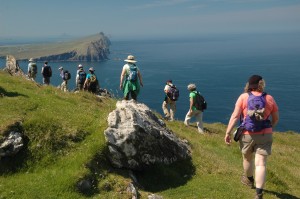
Would you take a walking tour in Ireland now — and tell your friends about it? Photo from Walking the World
As dedicated travelers, what are we to think of the concept of “travel shaming” — the notion that it’s irresponsible to travel or even plan future trips during a pandemic?
According to a recent New York Times article, people desperate to get out of their houses after months of self-quarantining are heading off on the road — but are traveling on the sly, reluctant to post pictures on social media or even to tell friends they’re leaving, for fear of being judged.
As the Times quoted Harvard Business School assistant professor, Jillian Jordan, who studies moral psychology: “The pandemic presents a unique case of travel entering the moral sphere, because there are two things that happen when you travel: The first is that I put myself at risk, and… Continue reading
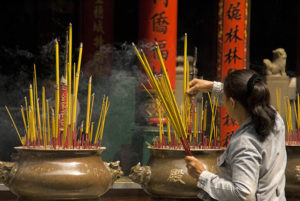
Thien Hau Pagoda Buddhist Temple in Saigon’s Chinatown. Photo by Dennis Cox/WorldViews
In Part I of Robert Waite’s two-part series on traveling to Vietnam, Vietnam Visit Stirs Emotions for Boomers, Bob recounted his recent visits to Hanoi and Halong Bay.
In this post, he travels to Saigon (Ho Chi Minh City) and the remarkable Cu Chi Tunnel complex dug by the Viet Cong outside the city — but much closer to it than you might imagine.
Saigon itself is a bustling city that evokes stark memories of the Vietnam War, but is also now a prime “foodie” destination and a place to drink at a bar made famous by big-name war correspondents:
By Robert Waite
Part II of a two-part series.
Ho Chi Minh City, Vietnam – The thing about name changes is that they often don’t stick. Take Mumbai, for example. The Indian national government decided that “Bombay” was… Continue reading
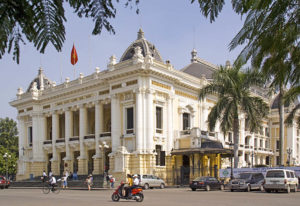
Hanoi’s 1911 Opera House is a prime example of the city’s French colonial architecture. Photo by Dennis Cox/WorldViews
In this post and the next, Contributing Writer Robert Waite recounts his recent journey to Vietnam, the country that helped define a generation of baby boomers.
Forty five years after the fall of Saigon, which effectively ended the more-than-a-decade-long Vietnam War, a visit to Hanoi still stirs emotions, whether you were pro- or anti-war in the 1960s and ’70s.
Yet even as long ago as 1997, when I last visited Vietnam, the majority of Vietnamese — born after the war — seemed to hold few if any grudges against Americans.
Our roving correspondent, himself a baby boomer, delves into the war history but also the sights and experiences that make Vietnam one of the most intriguing countries to visit in Southeast Asia today.
First up are the capital, Hanoi, and beautiful Halong… Continue reading











